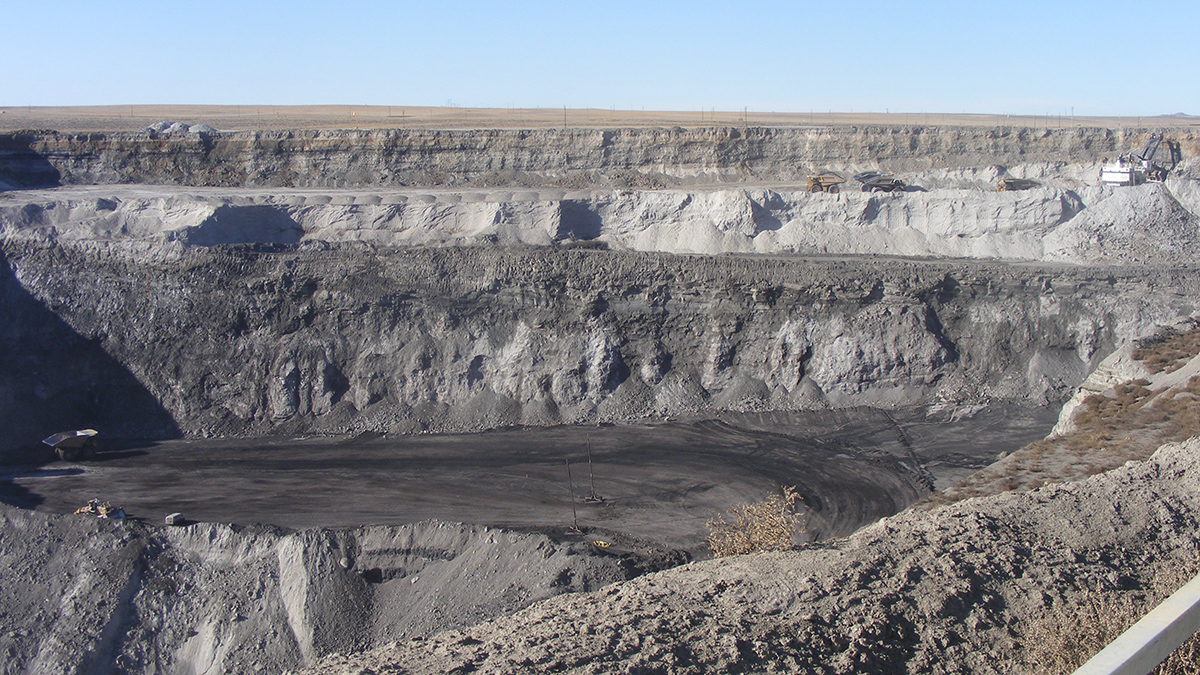Source: Earth’s Future
Federal lands—which make up about 640 million acres, or 28%, of U.S. soil—are used for many purposes, including conservation, recreation, and extraction of resources such as coal. Greenhouse gas emissions are released throughout the life cycle of coal use, including during its mining, transport, and combustion.
Merrill et al. estimated the amount of coal production and coal-related greenhouse gas emissions from federal lands from 2024 to 2051. Specifically, they focused on emissions of carbon dioxide, methane, and nitrous oxide from 30 existing mines on federal lands (excluding Native American lands) in six states.
Active mines, and some abandoned mines, generate fugitive emissions, or unintended emission leaks, via venting and drainage. To calculate fugitive greenhouse gas emissions of underground mines, the team used average emissions data from the five most recent years available (2016–2020). The researchers calculated emissions from surface mines using a method developed by the U.S. EPA.
To estimate transportation-related emissions, they turned to resources such as power plant coal receipts and coal mine news releases to find information about how far and by what means coal was transported. The team used information about coal composition and mine characteristics, along with public reports, to estimate the most likely end uses of coal, such as cement production, conversion into coke (a fuel used in iron ore smelting and blacksmithing), or, most commonly, combustion.
From their analysis, the researchers estimated that between 2024 and 2051, coal production from federal lands will decline to 14.2% of 2023 production levels. The fastest rates of decline will occur between 2037 and 2048 because of the anticipated closure of a number of coal power plants. In the same time period, greenhouse gas emissions from coal mining on federal lands are projected to decrease 86% from 2024 estimates. Most of this reduction, roughly 95%, would come from reducing end point combustion of coal.
The team noted that their work was based on information that existed at the beginning of 2024 and that their findings are subject to possible changes in land management decisions. They suggest that these estimations can be helpful as part of domestic and global decisionmaking around greenhouse gas emissions and the future use of coal. (Earth’s Future, https://doi.org/10.1029/2024EF005735, 2025)
—Sarah Derouin (@sarahderouin.com), Science Writer



